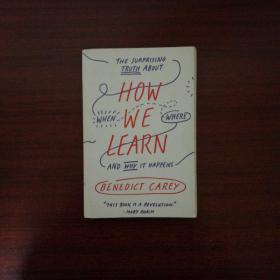
How We Learn:The Surprising Truth About When, Where, and Why It Happens
¥ 70 5.9折 ¥ 119.5 九品
仅1件
作者Benedict Carey 著
出版社Random House Trade Paperbacks
出版时间2015-06
装帧平装
上书时间2020-12-30

leewakaka的书摊
- 在售商品 暂无
- 平均发货时间 暂无
- 好评率 暂无
- 最新上架
商品详情
- 品相描述:九品
图书标准信息
- 作者 Benedict Carey 著
- 出版社 Random House Trade Paperbacks
- 出版时间 2015-06
- ISBN 9780812984293
- 定价 119.50元
- 装帧 平装
- 开本 其他
- 纸张 胶版纸
- 页数 272页
- 正文语种 英语
- 【内容简介】
-
In the tradition of The Power of Habit and Thinking, Fast and Slow comes a practical, playful, and endlessly fascinating guide to what we really know about learning and memory today mdash;and how we can apply it to our own lives.
From an early age, it is drilled into our heads: Restlessness, distraction, and ignorance are the enemies of success. We rsquo;re told that learning is all self-discipline, that we must confine ourselves to designated study areas, turn off the music, and maintain a strict ritual if we want to ace that test, memorize that presentation, or nail that piano recital.
But what if almost everything we were told about learning is wrong? And what if there was a way to achieve more with less effort?
In How We Learn, award-winning science reporter Benedict Carey sifts through decades of education research and landmark studies to uncover the truth about how our brains absorb and retain information. What he discovers is that, from the moment we are born, we are all learning quickly, efficiently, and automatically; but in our zeal to systematize the process we have ignored valuable, naturally enjoyable learning tools like forgetting, sleeping, and daydreaming. Is a dedicated desk in a quiet room really the best way to study? Can altering your routine improve your recall? Are there times when distraction is good? Is repetition necessary? Carey rsquo;s search for answers to these questions yields a wealth of strategies that make learning more a part of our everyday lives mdash;and less of a chore.
By road testing many of the counterintuitive techniques described in this book, Carey shows how we can flex the neural muscles that make deep learning possible. Along the way he reveals why teachers should give final exams on the first day of class, why it rsquo;s wise to interleave subjects and concepts when learning any new skill, and when it rsquo;s smarter to stay up late prepping for that presentation than to rise early for one last cram session. And if this requires some suspension of disbelief, that rsquo;s because the research defies what we rsquo;ve been told, throughout our lives, about how best to learn.
The brain is not like a muscle, at least not in any straightforward sense. It is something else altogether, sensitive to mood, to timing, to circadian rhythms, as well as to location and environment. It doesn rsquo;t take orders well, to put it mildly. If the brain is a learning machine, then it is an eccentric one. In How We Learn, Benedict Carey shows us how to exploit its quirks to our advantage.
- 【作者简介】
- Benedict Carey is an award-winning science reporter who has been at The New York Times since 2004, and one of the newspaper’s most emailed reporters. He graduated from the University of Colorado with a bachelor’s degree in math and from Northwestern University with a master’s in journalism, and has written about health and science for twenty-five years. He lives in New York City.
相关推荐
-
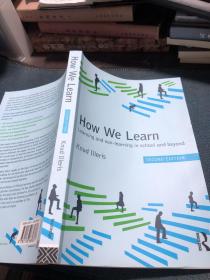
HOW WE LEARN
九五品北京
¥ 380.00
-
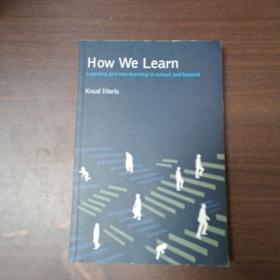
HOW WE LEARN
九品北京
¥ 166.00
-
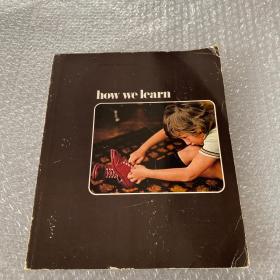
HUMAN BEHAVIOR how we learn
八品北京
¥ 80.00
-

the human mind how we think and learn
九品南京
¥ 366.00
-
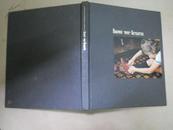
A59935《HOW WE LEARN》翻译:我们学习
九品广州
¥ 200.00
-

How We Learn: The Surprising Truth about When, Whe
八五品深圳
¥ 49.11
-
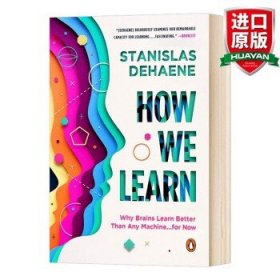
英文原版 如何学习 How We Learn Stanislas Dehaene
全新广州
¥ 130.00
-

Mindreading: An Investigation into How We Learn to Love and
八品保定
¥ 179.00
-
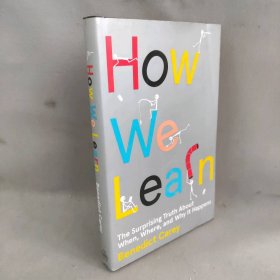
【正版二手】How We Learn: The Surprising Truth about When, Whe
八五品东莞
¥ 49.01
-

The Human Mind: How We Think and Learn (Venture Books Series)
九品南京
¥ 266.00
— 没有更多了 —



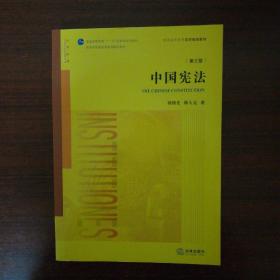
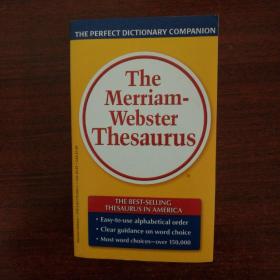
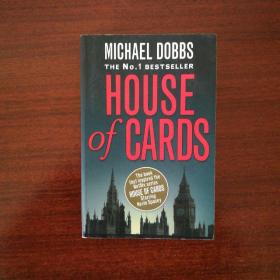



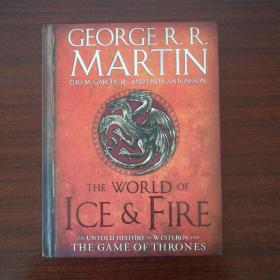




以下为对购买帮助不大的评价